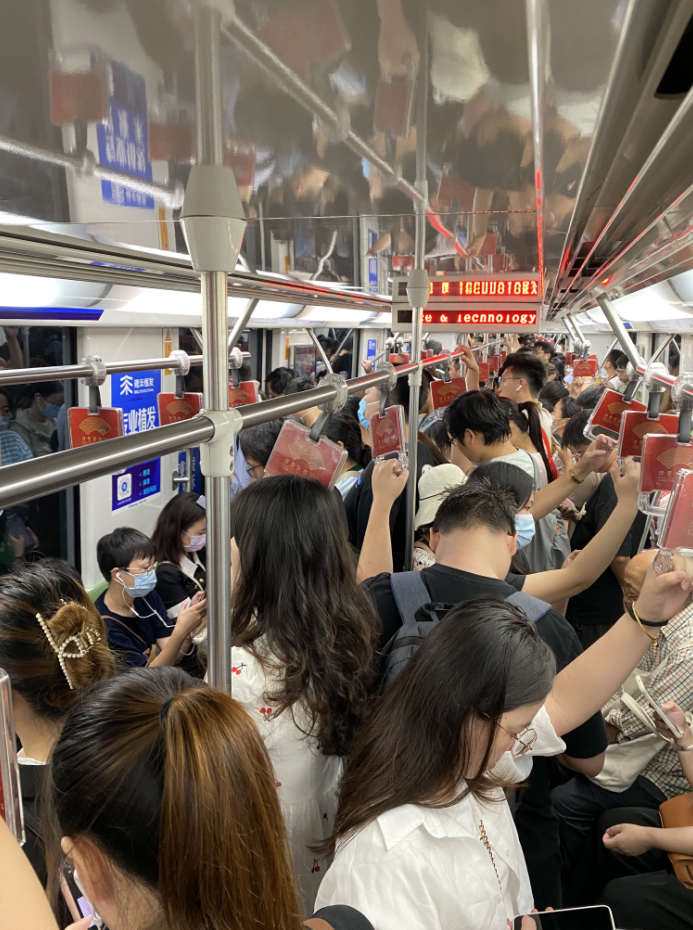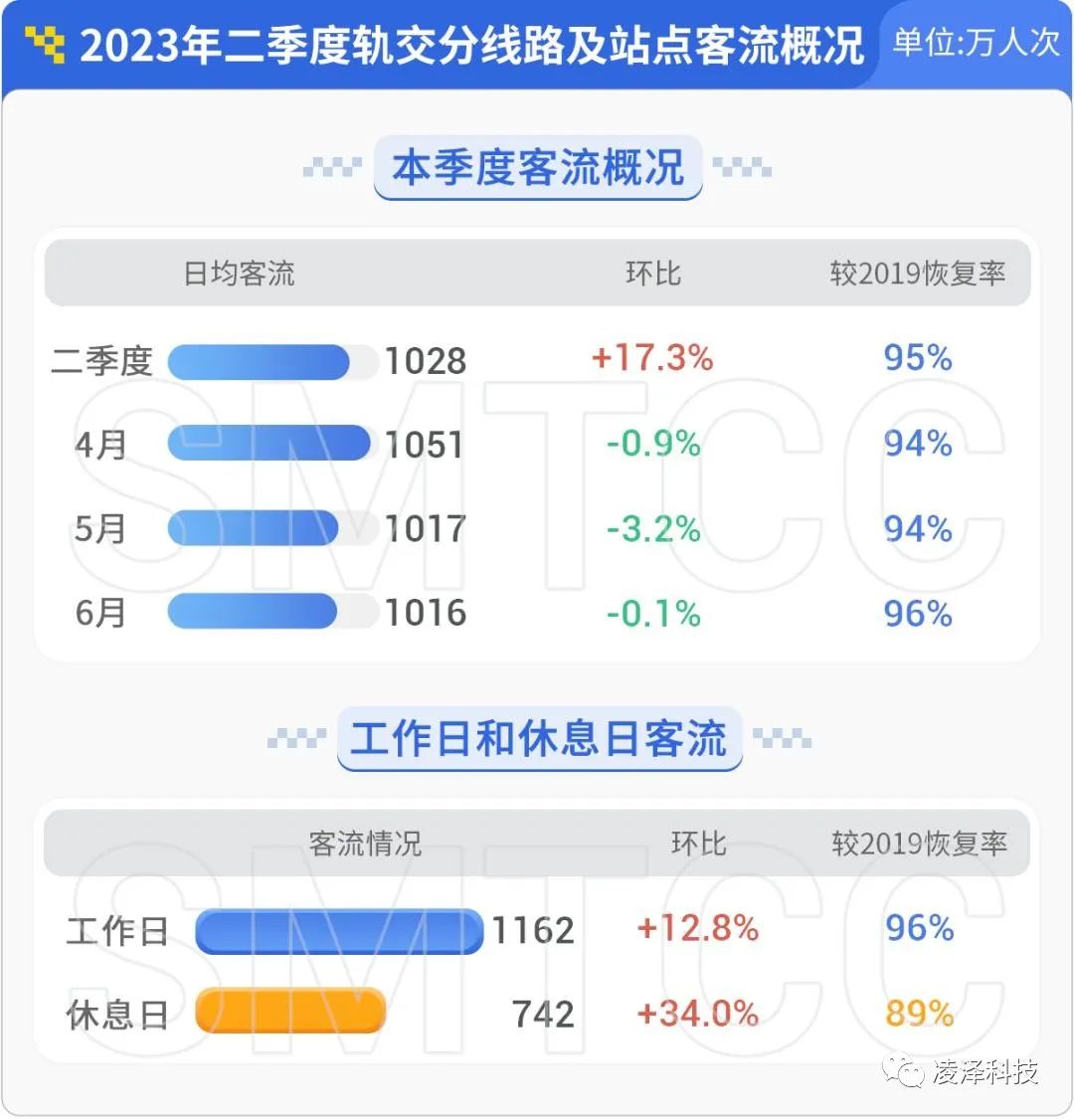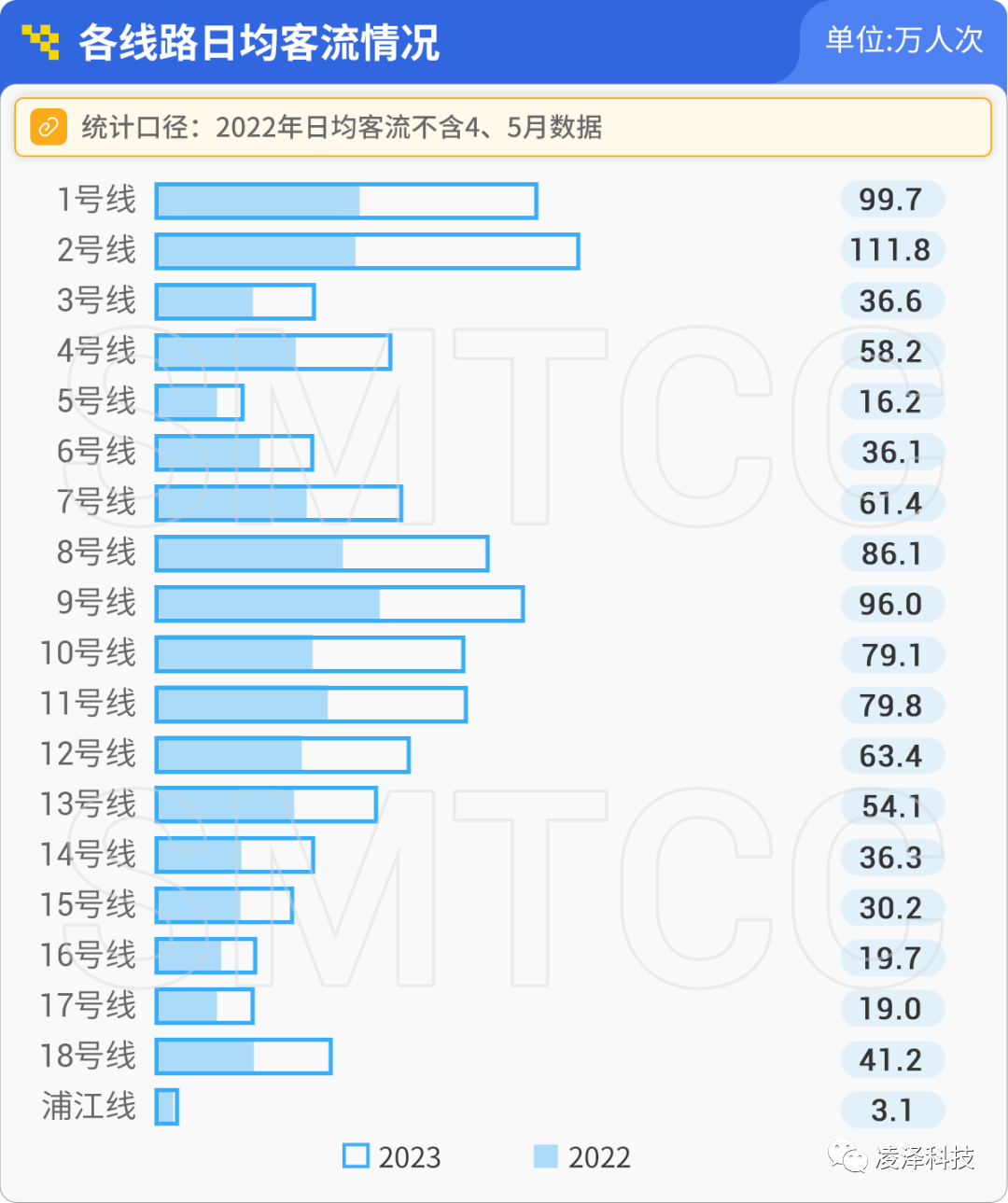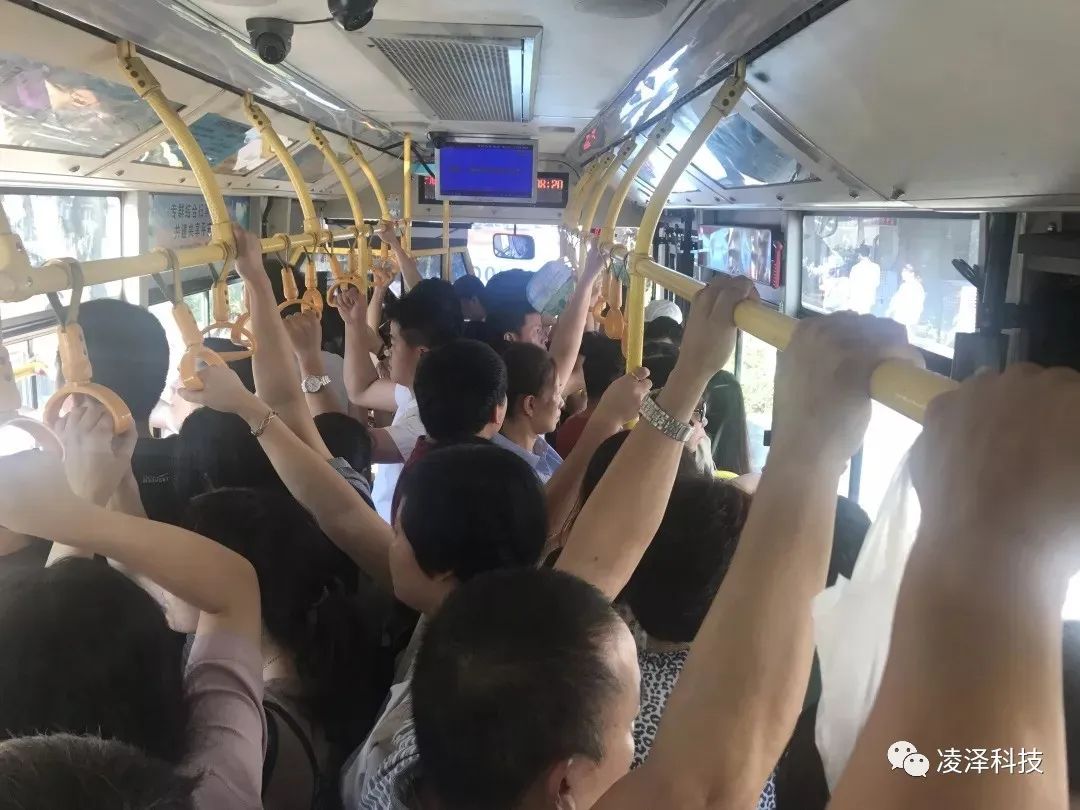

Public transportation is the main means of transportation in modern urban lifeIt provides people with a convenient, economical and environmentally friendly way to travel. It reduces the use of private cars, eases traffic congestion and improves air quality. At the same time, urban public transport can also improve the travel efficiency of residents, reduce time waste, and promote urban economic development. In addition, public transportation can also reduce the incidence of traffic accidents, improve traffic safety, provide convenient travel options, and improve the quality of life of residents.
Public transportation includes buses, taxis, trams, buses and subways.. In first-and second-tier cities, these vehicles are under the load of huge traffic every day, especially in the morning and evening rush hours, they must be crowded by buses and subways but cannot get up.
The Shanghai Municipal Transportation Commission Command Center released the "Second Quarter Report on Shanghai Traffic Operation in 2023" (Rail Transit), with an average daily passenger flow of 10.28 million, up 17.3 percent month-on-month, returning to 95 percent in 2019. Passenger flow on weekdays in the second quarter has recovered to 11.62 million, reaching 96% of the same period in 2019, with a recovery rate faster than on rest days..

▲Shanghai Metro has an average daily passenger flow of 10.28 million in the second quarter of 2023

With such a huge amount of traffic,Air pollution facing public transport in addition to bacteria and viruses, more odor pollutionThe odor mainly comes from the following aspects:
1. Passenger body odor:This is the bus, the subway on the main source of odor. Due to the dense population and airtight space in the compartment, the air is not circulating, and passengers are prone to sweat in the crowded compartment, resulting in various odors.
2. Air conditioning and ventilation facilities are not thoroughly cleaned: After high-intensity use of public transport vehicles, the cleaning may not be thorough enough. Many people will smell an unpleasant smell on air-conditioned buses, which makes people dizzy and nauseated. In most cases, the air-conditioning is not cleaned in time. Even some old vehicles have problems such as oil leakage and air leakage, resulting in peculiar smell.
3. Aging odor of vehicle facilities and equipmentAfter years of operation of public transport vehicles, the decoration materials and equipment materials in the vehicles are in the process of aging, and even the dirt that cannot be removed for a long time, these materials emit various unpleasant odors during the aging process.
4. Passenger diet produces odor: In recent years, major cities in China have successively updated the "Code for Rail Transit Passengers", which clearly prohibits eating and drinking on public transportation and smoking. However, some third-and fourth-tier cities and counties are not prohibited, and some cannot fully comply. This is also one of the sources of odor.

A crowded bus.
According to the different sources of odor, the impact of odor on people is multifaceted.The odor produced by these public transportation vehicles not only affects the comfort of passengers, but also causes certain harm to people's health. For a long time in the odor environment, people may feel discomfort, dizziness, nausea and other symptoms. For some people who are sensitive to odor, such as pregnant women, the elderly, children, etc., this effect may be more obvious.
For the air management of public transport, it is recommended that vehicles with a large number of passenger complaints should be addressed, suchPriority should be given to vehicles with large traffic flow and more complaints, and future passengers should be installed and treated at the source from the factory stage.. For the effectiveness of governance to take long-term tracking means, even.Presentation of the results of governance to passengers in digital form, so that passengers can rest assured while reflecting the sense of responsibility and influence of public transport operations, increasing passenger experience,differentiated operation.